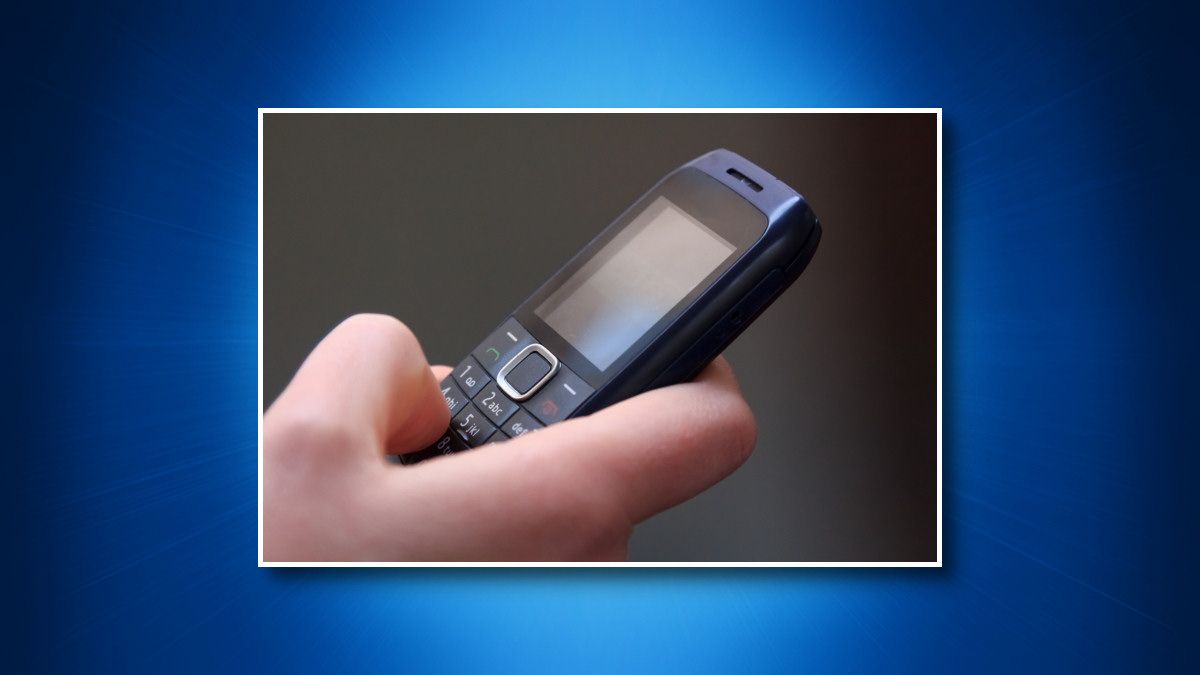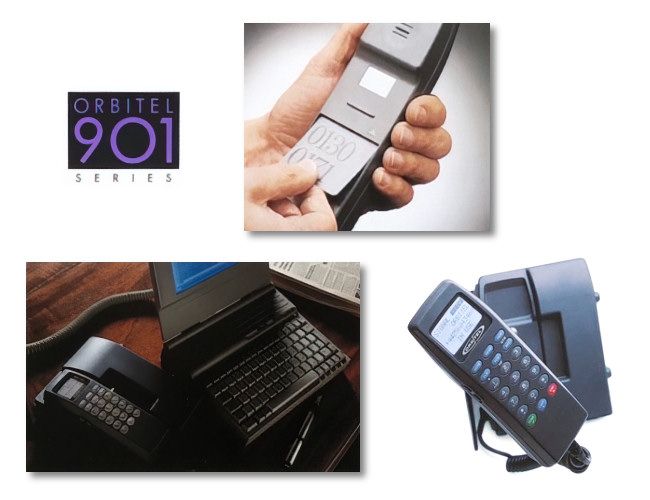30 years ago, SMS (Short Message Service) introduced the world to cellular text messaging, 160 characters at a time. How did it get that way---and what happens if we have more to say? We'll explore the history and origins of SMS.
SMS: Born in Europe
SMS originated in 1984, initially conceived by Friedhelm Hillebrand and Bernard Ghillebaert (a German-French collaboration) while working as part of the ETSI group that was developing a new digital cell phone standard called GSM (Global System for Mobile Communications).
Hillebrand came up with the idea of allowing short digital text messages through the upcoming GSM cell phone network. To be economical, this message service would utilize previously unused space in a control link radio channel that typically only held information about signal strength and incoming calls. The GSM development group imagined SMS being used with existing radio message terminals, car-based mobile stations, and future handheld devices.
In 2009, the L.A. Times reported that initially the engineers could only squeeze 128 characters into the 140 bytes of free room in the control link channel, but they found that by using 7-bit text encoding, they could fit 160 characters maximum. After some experiments conducted by Hillebrand where he analyzed the length of postcards and Telex messages---then typed out short messages and counted the characters---he convinced others that 160 characters would be sufficient for SMS.
Official work on SMS within GSM began in 1985, with a draft of the standard complete by 1987, and the technology was made freely available to the world. The first official SMS text message transmission took place on December 3, 1992 when Sema Group test engineer Neil Papworth sent "Merry Christmas" to a colleague named Richard Jarvis using an Orbitel 901 mobile phone.
From those two people and one message in 1992, SMS usage has grown to staggering proportions. In 2020, U.S. cell phone customers alone sent 2.2 trillion SMS and MMS messages, and reportedly about 4 to 5 billion people send and receive text messages worldwide, according to varying sources. In other words, a large majority of humans on earth can use SMS for communications.
The Cultural Impact of SMS
Originally, texting on a mobile phone was a slow and cumbersome process, with each number key on the cell phone keypad representing up to three letters. This led to a proliferation of texting abbreviations such as OMW, G2G, and IDK that now permeate our online culture.
Eventually, devices from Blackberry and others sped up texting dramatically by including a full QWERTY keyboard. Today, most smartphones include virtual QWERTY keyboards for texting with predictive capabilities to speed things up even more.
SMS's 160-character message size limit played a huge part in Twitter's original 140-character message limit. In a time just before the explosion of pocket smartphones, Jack Dorsey designed Twitter to work over cell phones with SMS, and it left 20 characters for the inclusion of a user name. Since 2017, Twitter has allowed 280 characters per tweet, which isn't a problem because most of the messages flow through Twitter's custom app or its website.
Beyond 160 Characters
In 2002, commercial carriers began supporting an extension of SMS called MMS (multimedia message service). MMS allows cell phones to send photos, videos, and audio clips to each other. It also allows messages up to 1,600 characters in length.
Interestingly, most modern cell networks will break up messages longer than 160 characters into multiple SMS messages automatically and reassemble them on the receiving end, so SMS's 160 character limit isn't much of an issue like it once was.
Today, there are many alternative mobile messaging systems out there, many of which use internet servers as the middleman, and all of which greatly exceed SMS's 160 character limit. A few prominent ones are Apple's iMessage (which reportedly limits messages to 18,996 characters), WhatsApp (65,536 characters), Facebook Messenger (2,000 characters), and Telegram Messenger (4,096 characters). Also, Google prefers the new Rich Communication Service (RCS) standard---the official successor to SMS and MMS---which has an 8,000 character limit.
On most of those services---like SMS today---if you exceed the character count, your messages will be broken into multiple messages automatically. Clearly, we have a lot to say these days, and messaging services aren't eager to hold us back. Have fun texting out there!


